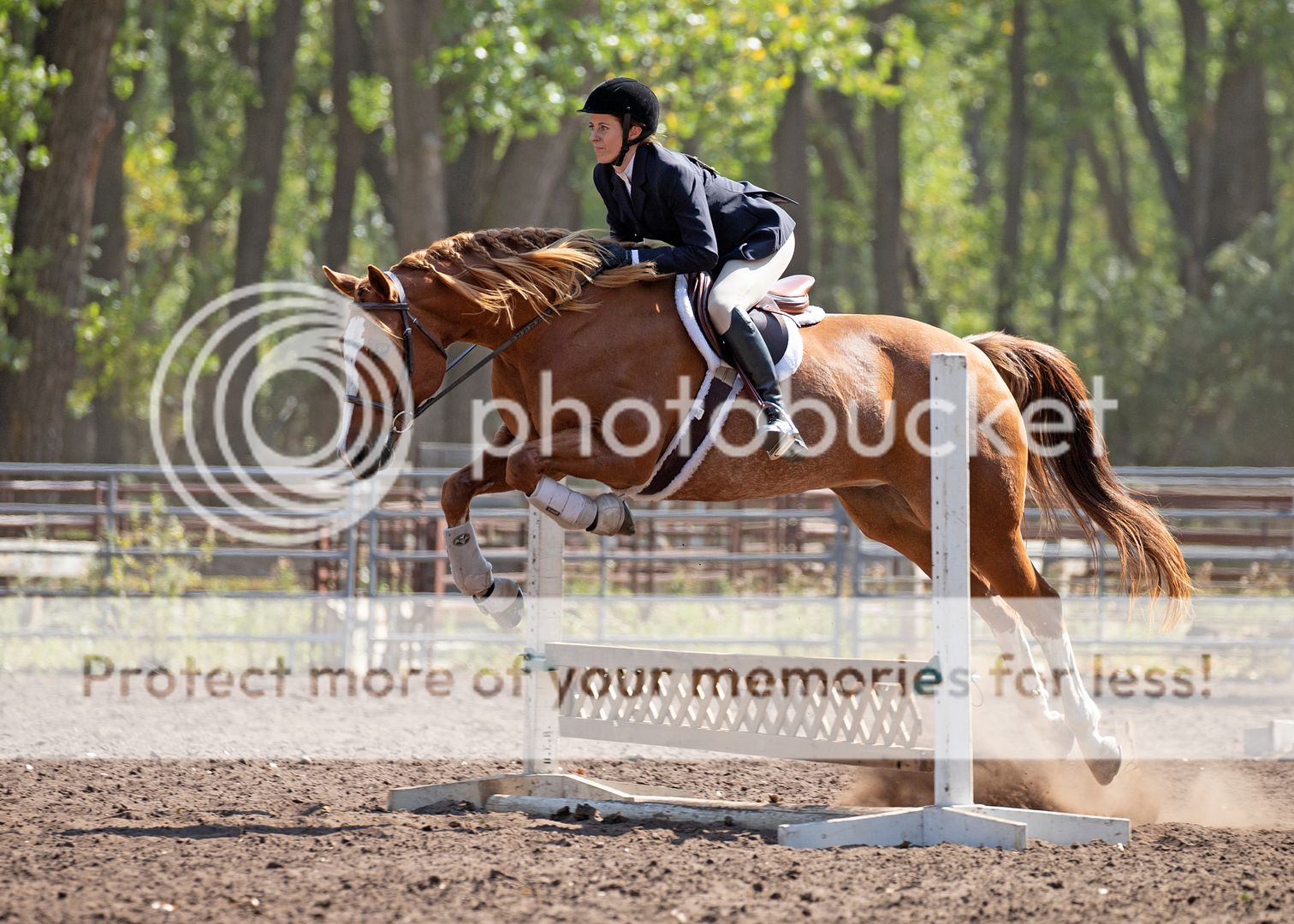I’m primarily a western rider but have been dabbling more in English the last few years, and doing some jumping. Found out my Red absolutely loves jumping so the hubs is in the process of building me some jumps for at home!
I’ve only ever used Professionals Choice SMB boots when I am working my horses in the area, which is what I use when we are working on jumping too. Of course, I have seen “real” jumping boots that have open fronts.
Can someone explain to me the exact purpose of an open front jumping boot?
I always thought you’d want some padding in case the horse hits a rail, but that’s obviously not the case with an open jumping boot?
I usually don’t see people using bell boots with them. What is the reasoning for this?
Just looking to learn more about actual jumping boots and if that is something I should get for my horse. Or continue to use my sport boots.
I don’t plan on jumping him very often (maybe once every two weeks or something), and certainly probably never anything over 3 feet. And I do take lessons from time to time.
Thanks!


